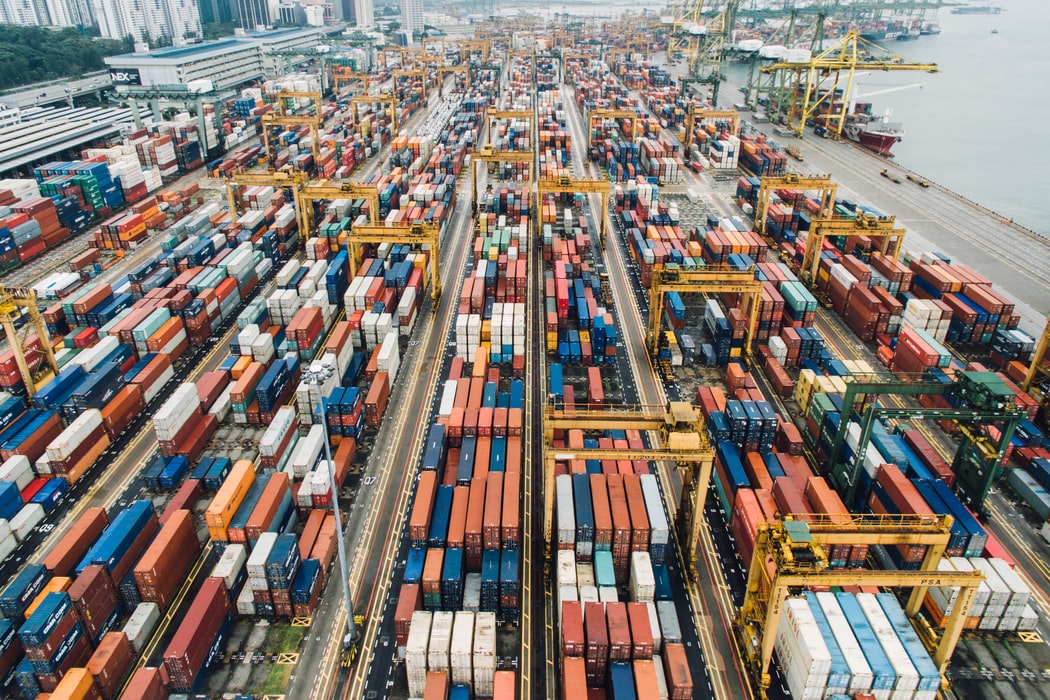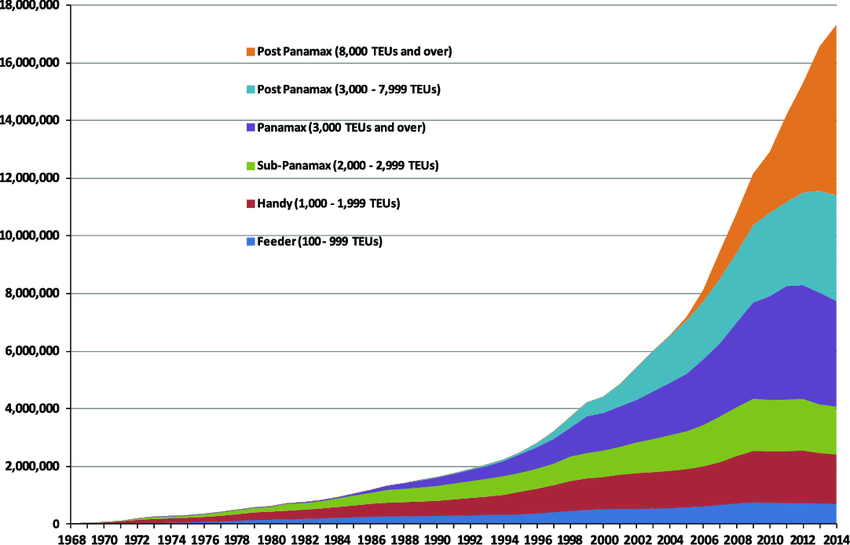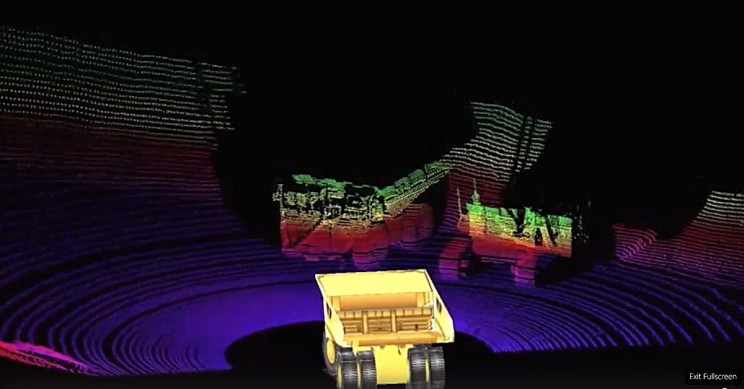Container Crunch: Standardization Leads to Shipping Growth
 Stacks of shipping containers. Credit: CHUTTERSNAP
Stacks of shipping containers. Credit: CHUTTERSNAP
Alongside the start of the third industrial revolution in the 1950s, an innovation in goods transportation was needed. The days of loading and unloading sacks, bales, crates, and barrels across boats, trains, and trucks were a major bottleneck for industry. A man mostly lost to history, Malcolm McLean, was facing this problem within his trucking business. He recognized this problem as an opportunity and sold his trucking business to purchase an established shipping company, the Pan-Atlantic Steamship (which became SeaLand; now a division of the Maersk Group) to begin experimenting with a better way to transport goods. He ended up revolutionizing the industry by packing goods in uniform containers. This innovation, standardized by ISO 668 in 1968, led to a dramatic reduction in handling time, reduced theft, improved reliability and cut inventory costs. Without a standardized means of transport, the productivity of factories during the third industrial revolution may have been significantly stunted due to transport difficulties.
There is plenty more to the containerization origin story, including the need to transport people and munitions during wars (WWII and Vietnam), and unique perspectives from other countries. Check out “Shipping Container History: Boxes to Buildings” by Discover Containers and “The Box: How the Shipping Container Made the World Smaller and the World Economy Bigger” by Marc Levinson to learn more about the history of the container.

Development of fully cellular container ship segments 1968-2014 (unit TEU). Credit: ResearchGate.
Flash forward a half century, and the capacity of the shipping business has grown exponentially through the use of increasingly bigger ships. The economies of scale brought to the industry by these bigger ships is reaching its limits both physical and economical:
- Limited marginal returns to increasing ship capacity further. In other words, unit cost from 8,000 to 16,000 TEUs won’t decline as much as it did from 4,000 to 8,000 TEUs.
- Key waterways such as the Strait of Malacca and the Suez Canal have minimum depths around 25 meters, while the biggest ships are reaching depths of 16 or more meters.
- Larger ships are straining existing port infrastructure including crane technology, dredging equipment, and quay walls. Additionally, container manufacturers are currently unable to meet demand. This presents another opportunity for innovation, just as Malcolm McLean saw so many years ago.
The shipping industry must learn from another transport vertical, air. Lessons from the A380 aircraft should be studied (Wired UK) to understand the risks associated with going ‘too big’, even though “passenger numbers typically double every 15 years”.
Container troubles have been hitting the news lately, learn about the difficulties and potential future of the industry with “Why the Cost of Shipping Goods From China Is Suddenly Soaring” by the Odd Lots podcast on Spotify and “Container shipping: The next 50 years” (pdf) by McKinsey.
Visual Inspection

Caterpillar’s autonomous vehicles use LiDAR to build situational awareness. Credit: Caterpillar.
See more at Interesting Engineering.
Acoustic Monitoring
Assembly Line
The Three Axes of Micromobility: Supply Chains, Distribution, and Maintenance
In this report, we contend that micromobility, its challenges, and its opportunities can be broken down along three core axes: supply chains and manufacturing, distribution, and maintenance and aftersales. Our thesis is that value accrues to the one that vertically integrates along these three axes.
A Markov Chain Formulation for the Grocery Item Picking Process
A major chunk of Walmart business (and most of its markets outside the US) comes from Grocery. Customers place orders online which are then delivered to the shipping address or collected by customers from the store (CnC).
What is common to both modes of fulfillment of an order?
It is the process of picking items done by associates in the store. While the actual process has many complexities like downloading of online orders into the store, figuring out locations of items in store, generation of substitutes, generating optimized number of containers to fulfil an order, generating optimized pickwalks for associates across the store etc., the basic operation performed by the associate is to look at different items in an order (typically between 50–70 items) and add them to the containers.
Intel Problems
The misplaced optimism is twofold: first there is the fact that eight years later Intel has again appointed a new CEO (Pat Gelsinger), not to replace the one I was writing about (Brian Krzanich), but rather his successor (Bob Swan). Clearly the opportunity was not seized. What is more concerning is that the question is no longer about seizing an opportunity but about survival, and it is the United States that has the most to lose.
More Fleets Are Utilizing Remote Diagnostics
A growing number of motor carriers are taking advantage of remote diagnostics to streamline vehicle maintenance and reduce downtime, but fleets must know how to filter through the data to use this information effectively.
Remote diagnostics services, which are available through all major truck manufacturers and various component and technology suppliers, enable fleet managers to monitor engine fault codes and maintenance issues while the truck is on the road.
Challenges of Automated Assembly
A product’s design determines its features, materials, performance, time to market and costs. Its quality, however, depends on the quality of the processes used to develop and make it. This doesn’t mean good designs only come from healthy design processes, but the odds of good results are surely higher if the processes are healthy.
So, how healthy are your product development processes?
Surge Demand
Augmented reality is now being used in knee surgery. Robots continue to advance in decision making and self-learning. Forget 3D printing, engineers are already working on 4D printing. Simulation may help us have less turbulent flights and improve warehouse productivity.
